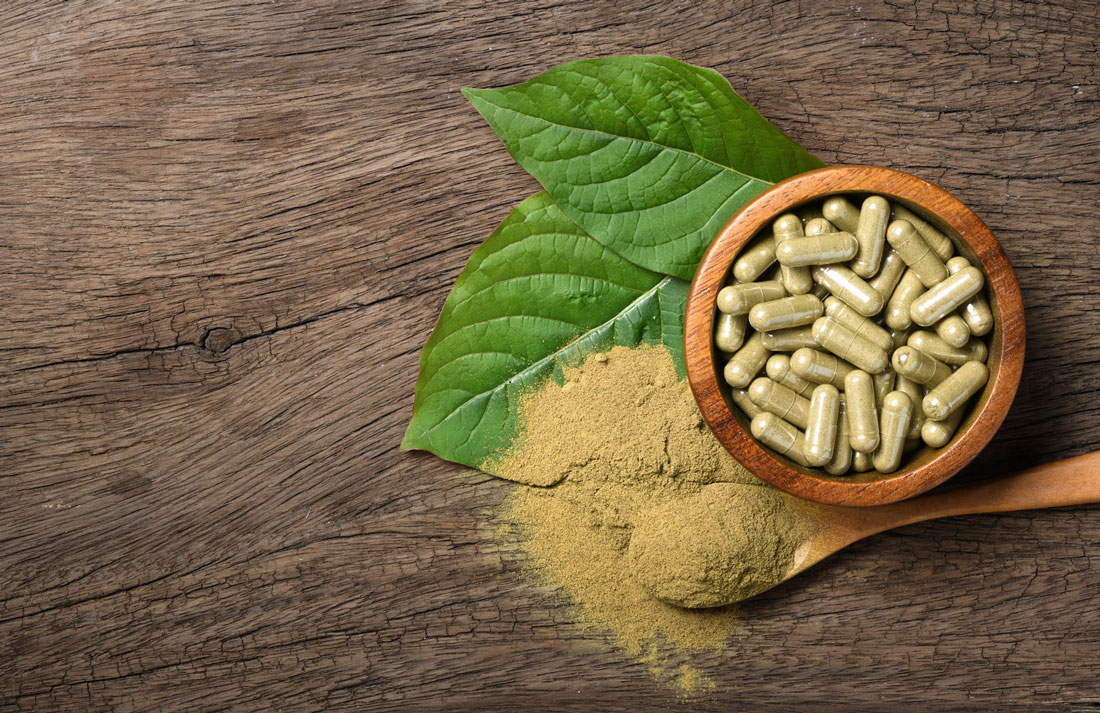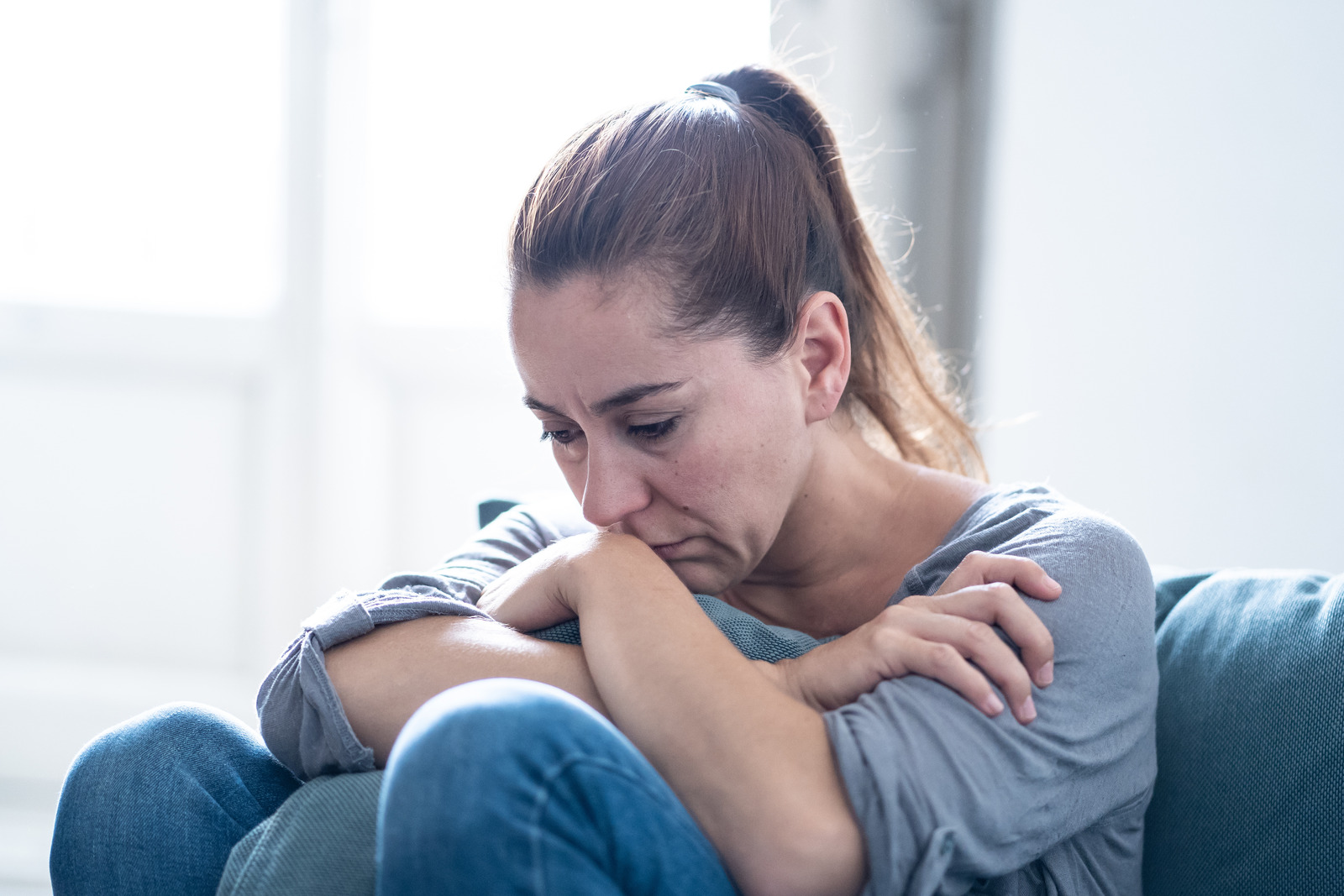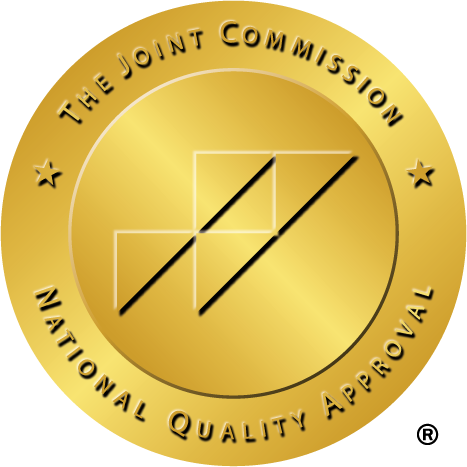Table of Contents
- What Is kratom Tea?
- Purported Uses For kratom Tea
- Is kratom Tea Legal In The U.S.?
- Side Effects of kratom Tea
- Benefits of kratom Tea
- Risks Of Drinking kratom Tea
- kratom Tea Interactions
- The Dangers of Using kratom Tea to Treat Anxiety or Opiate Withdrawal
- Discover Safe Opioid Withdrawal Treatment At The Region’s Premier Treatment Center
kratom tea has undergone a surge of use in the United States as an herbal option to alleviate numerous common ailments and opioid withdrawal symptoms. However, it’s not regulated in this country, with medical and scientific research underway to examine many claims associated with kratom tea.
Here we’ll discuss what kratom is as well as the side effects and risks of using it in tea form.
What Is kratom Tea?
kratom, or mitragyna speciosa, is a tropical tree found in Indonesia, Malaysia, Papua New Guinea, and Thailand. The kratom leaves create stimulant and sedative effects when consumed but can cause psychotic symptoms and dependence in users.[1] It’s taken for chronic pain, energy and alertness, depression and anxiety relief, and opioid withdrawal symptoms.
It’s mostly used through oral ingestion of a capsule, extract, or tablet, but the leaves may also be brewed as tea or chewed directly. Though it’s related to the coffee plant, kratom use has a high risk of addiction, abuse, and dependence.
kratom tea may have a different name depending on its country of location:
- Malaysia: biak-biak, ketum
- Philippines: Mambog
- Thailand: Ithang, krathom, kakuam, thom
There are currently seven known strains, or types, of kratom: Bali/red vein, Borneo, Green Malay, Indo, Malaysian, Maeng da, and Thai. Each kratom tea strain has different use effects; the effects may also vary from one supplier to another.
More than 40 active compounds in kratom tea affect the same opioid receptors in the brain as morphine to relieve pain.[2] mitragynine and 7-hydroxymitragynine are the main psychoactive compounds or alkaloids; the level of mitragynine depends on what part of Southeast Asia the leaves came from. Thai kratom leaves have the most mitragynine of all strains, making up 66% of all alkaloids.[9]
Though it has a long use history in Southeast Asia to treat cough, diarrhea, fever, hypertension, and other ailments, kratom tea use in the U.S. has increased significantly in recent years.[3] It’s not controlled by the Controlled Substances Act but has been listed as a Drug and Chemical of Concern by the U.S. Drug Enforcement Agency.
In the U.S., up to an estimated 16 million people take kratom in the form of capsules, extracts, or powders. It’s considered a dietary supplement in the U.S. which isn’t subject to Food and Drug Administration regulation.
Purported Uses For kratom Tea
As thousands of people across the U.S. die every year due to opioids, researchers continue to work post haste to find treatment options. Because it naturally mimics opioid-like effects, some researchers have proposed using kratom tea to alleviate withdrawal symptoms.
A controlled animal study found lyophilized kratom tea (LKT), a true form of kratom, offered substantial pain relief, decreased opioid withdrawal symptoms, and minimal respiratory depression. The key was in the pure form, as kratom products, such as kratom tea, found in the U.S. are developed from altered levels of psychoactive alkaloids.
However, further medical and scientific study into possible uses for kratom tea is ongoing.
Is kratom Tea Legal In The U.S.?
kratom tea is not legal for medical use. Currently, there aren’t any Food and Drug Administration (FDA) approved uses for kratom tea as the agency and health care professionals evaluate available scientific and medical information about kratom.
Side Effects of kratom Tea
When consumed in low doses, kratom tea is noted for increased alertness, physical energy, and talkativeness. Higher doses have a sedative effect.
But, during a six-year period, poison control centers across the U.S. received 1,800 reports of kratom use, such as kratom tea, including reported deaths.[4] The side effects kratom users experience are physiological — affecting the body — and psychological — affecting the brain and nervous system. They include:
- Breathing suppression
- Chills
- Constipation and urination changes
- Depression and delusion
- Dizziness
- Drowsiness
- Dry mouth
- Hallucinations and delusion
- Liver damage
- Muscle pain
- Seizures and coma
- Weight loss from loss of appetite
kratom tea can cause abnormal brain function when taken with prescription medications, such as confusion, loss of ability to communicate, and severe headaches.
Benefits of kratom Tea
Although kratom tea has mostly been studied in animals and needs more research for safe human consumption, potential benefits include:
- Antidepressant: One study found mice had lower corticosterone levels, a hormone associated with depression.
- Mood enhancement: Research determined kratom teanuse alleviated morphine withdrawal symptoms.
- Pain relief: The three strains of kratom were found to be effective chronic pain relievers.
Risks Of Drinking kratom Tea
Drinking kratom tea comes with a host of risks, even though the side effects are mostly dose-dependent. Most kratom products found or used in the U.S. are between two and six grams per dose. They rarely exceed eight grams which is the common dosage trigger for the following risks:
- Agitation
- Cardiac or respiratory arrest
- Confusion
- Drowsiness
- Hallucinations
- Respiratory depression
- Seizure
- Tachycardia
- Vomiting
- Withdrawal
Low doses have been found to cause opioid-like effects, such as increased urination, itching, loss of appetite, and nausea. Moderate to high doses can induce constipation, dizziness, dry mouth, hypotension, and sweating.
kratom Tea Interactions
Interactions between kratom tea and other drugs, medications, and substances aren’t fully understood at this time. Yet, many kratom users also use other drugs and/or prescription medications, as suggested by various studies.
Polysubstance use, or using a combination of drugs, may cause serious to life-threatening medical issues through interactions and side effects. Because so little is understood about kratom interactions, general use is discouraged.
The Dangers of Using kratom Tea to Treat Anxiety or Opiate Withdrawal
The use of kratom tea and kratom products is often framed as an herbal supplement that can help with opioid withdrawal and withdrawal symptoms. However, a growing body of medical evidence points to considerable toxicity issues.[5] A 2019 study found 2,312 people in the U.S. reported kratom had made themselves or someone they knew ill. This was on the heels of a 2018 notice from the FDA, which cited 44 deaths linked to kratom tea use or kratom products laced with other substances.[6]
FDA modeling found the active compounds in kratom likely have opioid properties that would exacerbate opiate withdrawal. The same model pointed toward negative impacts on cardiovascular and neurologic function; these impacts are tied to seizures, respiratory depression, and other serious side effects already noted in the drug’s use.
Also, forms of kratom, including kratom tea, available in the U.S. and through online retailers are wholly unregulated. This means you or a loved one have no idea if it is pure, the actual dosage, and/or what extra substances were added to it.
So what does this all mean for you or a loved one looking to treat anxiety or opiate withdrawal? kratom tea is likely to cause more harm than help compared to medically approved and controlled treatment options.
Discover Safe Opioid Withdrawal Treatment At The Region’s Premier Treatment Center
Opioid treatment is often sought as thousands of people suffer from substance use disorder every day. New Waters Recovery focuses on you or a loved one at an individual wellness level. Our inpatient and outpatient treatment options are comprehensive and supportive. Contact us today to begin your journey toward wellness.
Frequently Asked Questions About kratom Tea
Sources
[1]DEA. (n.d.). kratom. Retrieved from https://www.dea.gov/factsheets/kratom on 2023, January 17
[2]U.S. Food and Drug Administration. (n.d.). FDA and kratom. Retrieved from https://www.fda.gov/news-events/public-health-focus/fda-and-kratom on 2023, January 17
[3]Swogger, M. T., Smith, K. E., Garcia-Romeu, A., Grundmann, O., Veltri, C. A., Henningfield, J. E., & Busch, L. Y. National Library of Medicine. (2022, March 2). Understanding kratom use: A guide for healthcare providers. Retrieved from https://www.ncbi.nlm.nih.gov/pmc/articles/PMC8924421/ on 2023, January 17
[4]Mayo Clinic. (2022, June 3). kratom: Unsafe and ineffective. https://www.mayoclinic.org/diseases-conditions/prescription-drug-abuse/in-depth/kratom/art-20402171 on 2023, January 17
[5]Eggleston, W., Stoppacher, R., Suen, K., Marraffa, J. M., & Nelson, L. S. ACCP Journals (2019, May 16). kratom use and toxicities in the united states. Retrieved from https://doi.org/10.1002/phar.2280 on 2023, January 17
[6]U.S. Food and Drug Administration. (2018, February 6). Statement from FDA commissioner Scott Gottlieb, M.D., on the agency’s scientific evidence on the presence of opioid compounds in kratom, underscoring its potential for abuse. Retrieved from https://www.fda.gov/news-events/press-announcements/statement-fda-commissioner-scott-gottlieb-md-agencys-scientific-evidence-presence-opioid-compounds on 2023, January 17
New Waters Recovery Editorial GUIDELINES
At New Waters Recovery, we take your health and wellness seriously. We have a thorough process in place to ensure the integrity of information that is displayed on our website. All content published to our site undergoes a rigorous medical review by a doctorate level clinician to ensure medical accuracy. Read More About Our Process






